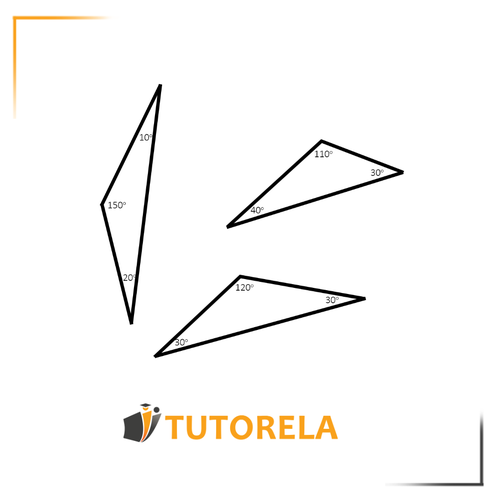In an isosceles triangle, there are three sides: two sides of equal length and one distinct side. Our task is to identify what the equal sides are called.
To address this, let's review the basic properties of an isosceles triangle:
- An isosceles triangle is defined as a triangle with at least two sides of equal length.
- The side that is different in length from the other two is usually called the "base" of the triangle.
- The two equal sides of an isosceles triangle are referred to as the "legs."
Therefore, each of the two equal sides in an isosceles triangle is called a "leg."
In our problem, we confirm that the correct terminology for these two equal sides is indeed "legs," distinguishing them from the "base," which is the unequal side. This aligns with both the typical definitions and properties of an isosceles triangle.
Thus, the equal sides in an isosceles triangle are known as legs.
